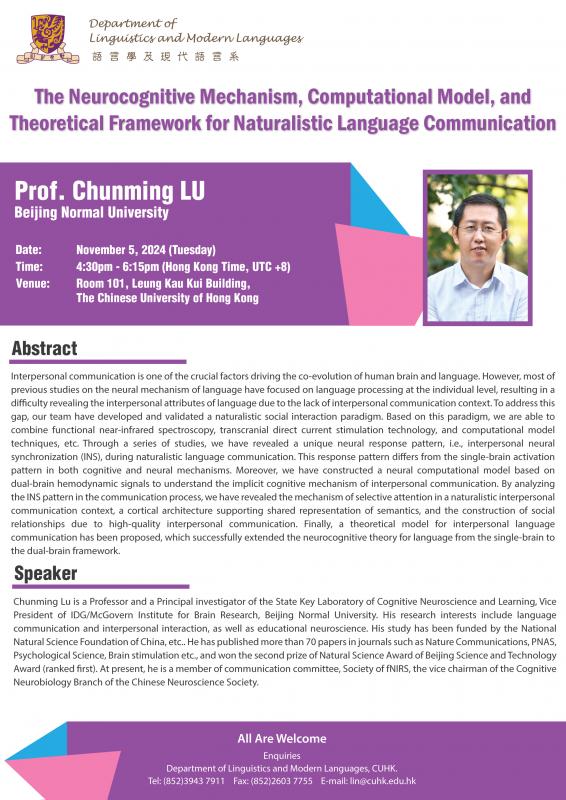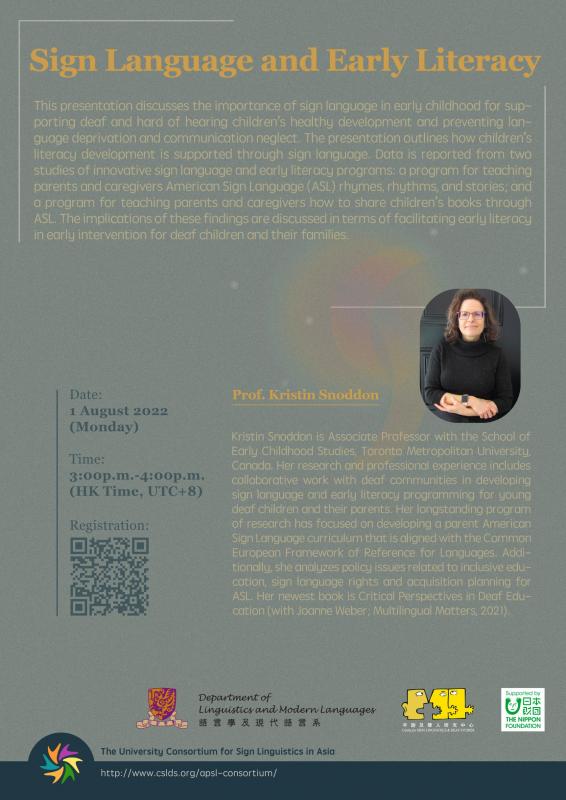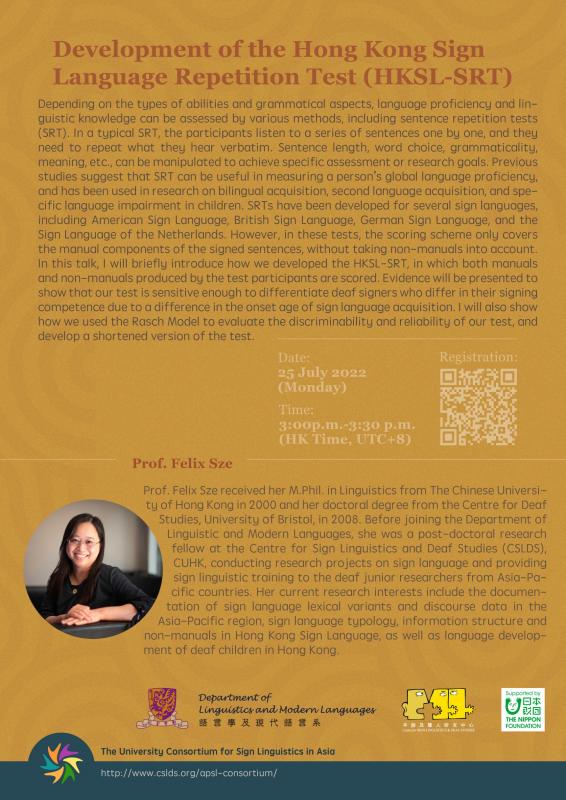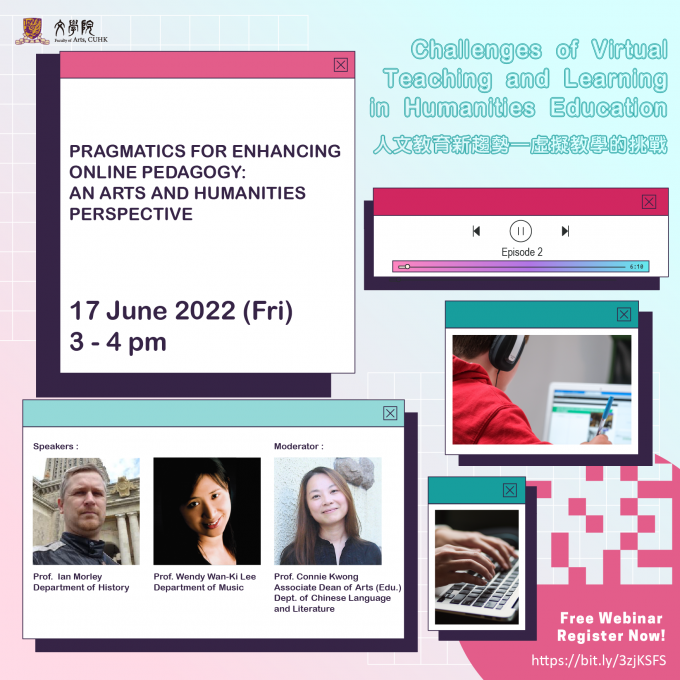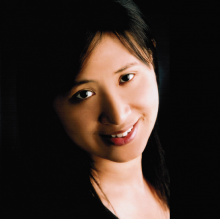
In this second lecture, Professor will zoom in on the question how important a spoken language is in the use of a sign language. This may seem like a paradox, but a series of corpus studies on NGT and sign languages like Auslan and Swedish Sign Language have shown how prominent spoken words are in signed conversation, in the form of mouthings. These silently articulated spoken words are omnipresent, and do not appear to be a mere by-product of the oral education of older signers. The mouthings fulfil a range of functions in the communication. He will discuss data from NGT signers communicating with each other, but also present emerging findings on NGT signers in interaction with Chinese and Belgian signers. These studies show how spoken languages form part of the communicative resources that Dutch signers bring to the table in any signing.
Speaker
Prof. Onno Crasborn
Radboud University
Onno Crasborn is professor of Sign Language of the Netherlands at Radboud University. He has been studying the linguistic structure and use of Sign Language of the Netherlands (NGT) for the last 25 years. He has played a major role in the development of sign language corpora and related language technologies worldwide, including the Corpus NGT (2008), the ELAN annotation software and the Global Signbank lexical database. Ongoing work studies the use of international sign in cross-signing context and in conference interpreting. In 2005 he obtained his NGT interpreting certification.

